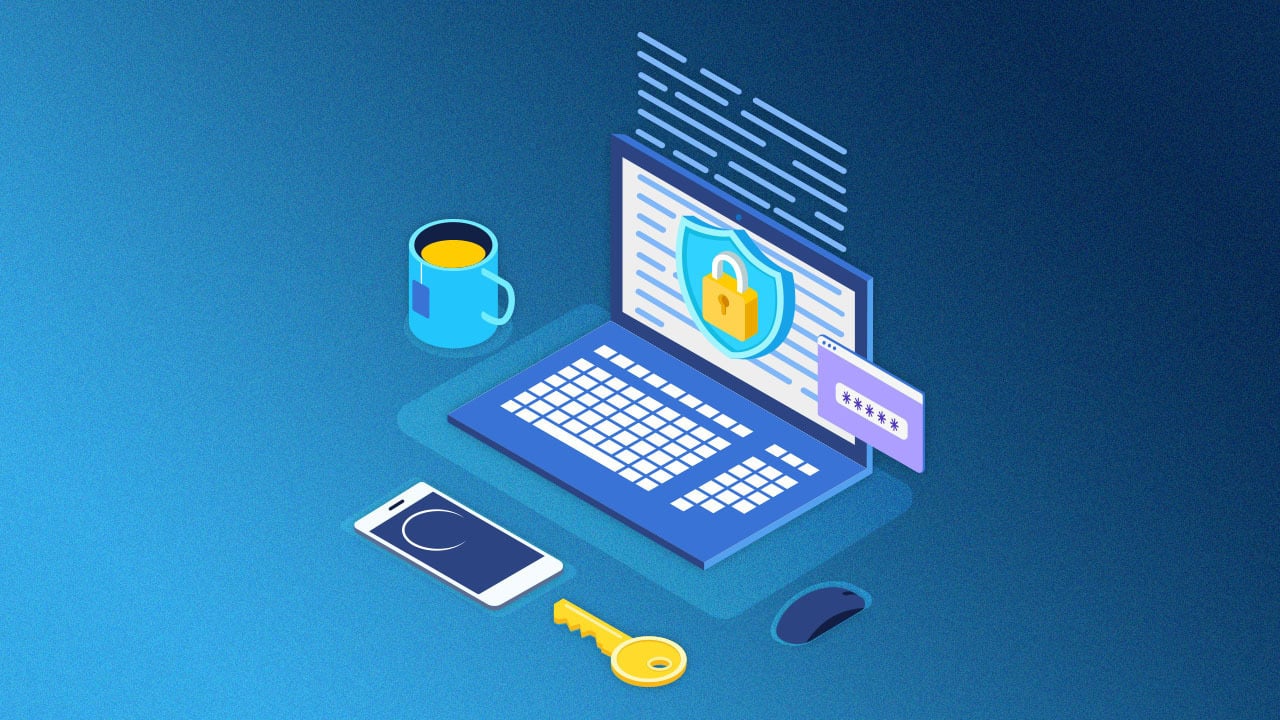It is no secret that technology has its flaws. When you buy cool tech gadgets they are not guaranteed to be 100% perfect.
But sometimes the problem can be misuse of the product due to the buyer not reading the instructions carefully.
Hi tech gadgets can present all sorts of problems from having a small glitch to having absolutely no power at all.
I’m sure you like everyone else has bought Cool new tech gadgets only to get home to find something wrong with them, not a nice feeling.
Here is a check list you should follow after buying tech gadgets:
1) Always read the user manual, this will often show you something you’ve done wrong. Never assume you know everything about it.
2) Check and double check that everything that is supposed to be in the box is actually in the box. People throw away cables or small things because they don’t look thoroughly through the packaging.
3) Be sure you check that all the appropriate accessories have been supplied, these can sometimes be excluded in the factory.
4) If you have bought a device from a foreign country you will need to check the voltage as this may vary. Failure do so could cause a shortage in your house and the destruction of your new high tech gadget.
5) Always check to see if the LED indicator is active, this lets you know that your new tech gadgets are receiving power.
6) Double check the battery is inserted properly; it should fit in nicely and not be loose. Most batteries will have an indicator on them as to which way they should fit.
7) Check the manual to see if all your cables are connected in the correct way.
8) Ensure that your cable is not the problem. You can check a cable by using it in another device that is similar.
9) Make sure that the side of a SIM card with the chip showing is face down in the device and connected.
10) Turning a device on and off can sometime create a power surge that gives a new device the necessary power it need on an initial boot up. This is the reason most Microsoft engineers will ask someone to do this first.
11) It is important to calibrate touch screen devices so that the device can adjust to your unique style of handling it.
13) When connecting to a PC make sure your device is connectable with your operating system whether it’s 32-bit or 64-bit. A 64-bit system is faster than a 32-bit system.
14) When using an SD card or a GSM card make sure it is compatible with your device. Otherwise it simply will not work.
15) When you put media files on a GPS navigator or car DVD players it can confuse the device and it will not know what information to read.
16) Always get reviews from Google on apps or files types you have not tried before to see if there are any issues with them.
17) Always check that your device supports the file format you are trying to use. AVI and DIVX differ at times as AVI is a container and DIVX is a codec.
18) Only perform a factory reset a last resort because you will lose all data and setting previously stored.
19) Don’t flash your firmware unless you’re ready for the full responsibility of repairing it. Most ecommerce stores and electronics retailers treat this as a warranty voiding issue because it is most frequently done incorrectly.
20) Anything extra that you sue on a device uses more power. So, if you’re having a problem with short battery life, it’s a good idea to turn off things like wifi, Bluetooth and screen luminosity.
21) Sellers keep batteries in remotes fresh by changing them or by using a high quality brand.
22) Is your device performing slower, or more choppily than it did the previous day? Perhaps you haven’t given it enough time to ‘boot up’. Always give a device some time to start up. This is because if there are many programs they might take a few moments to boot.
There you have it, you now have enough information to be your friends’ and family’s ‘go to guy’ for tech gadgets problems.


